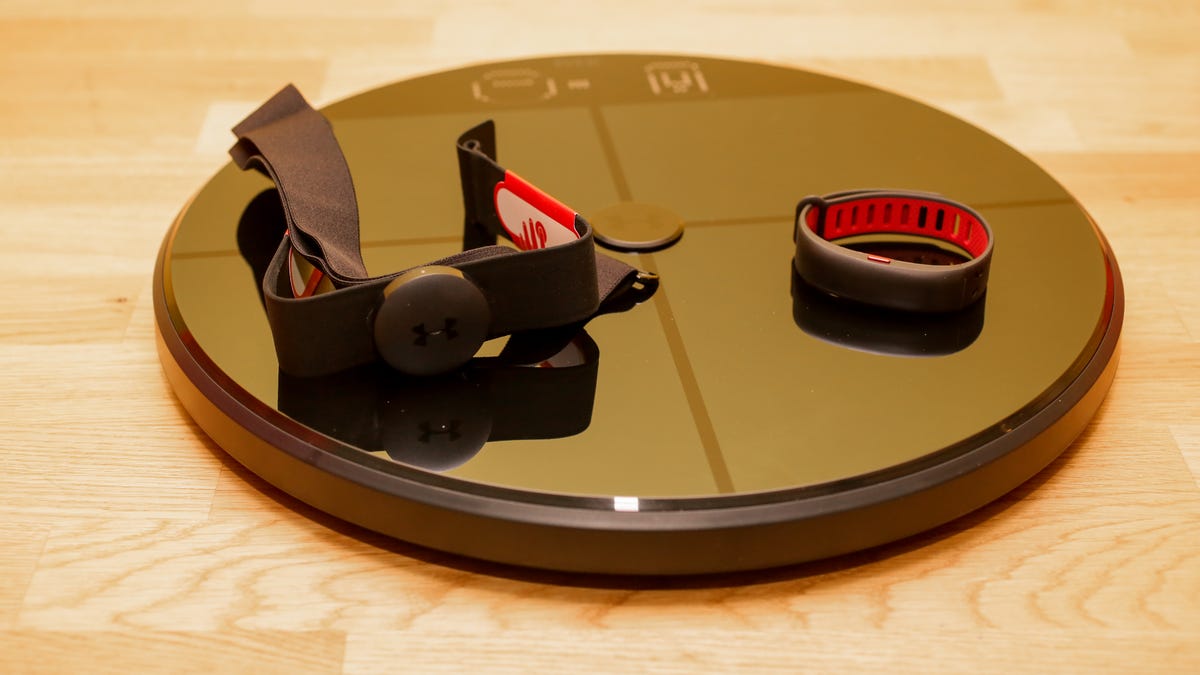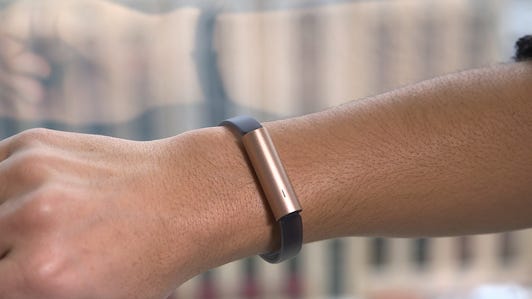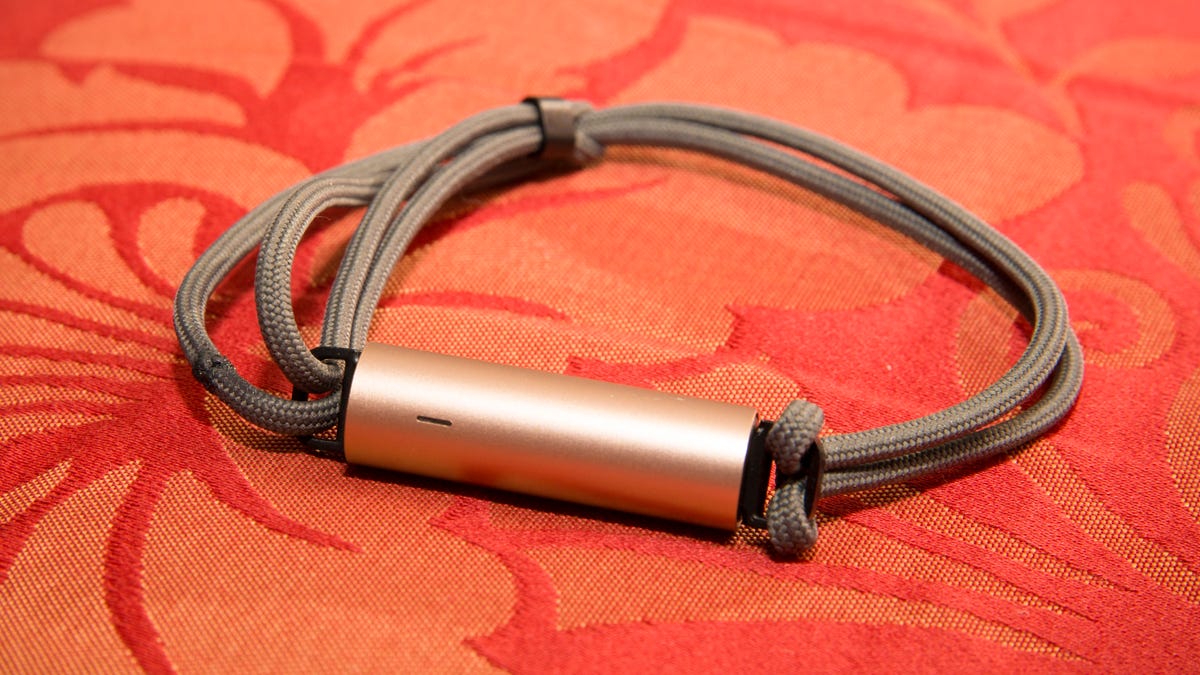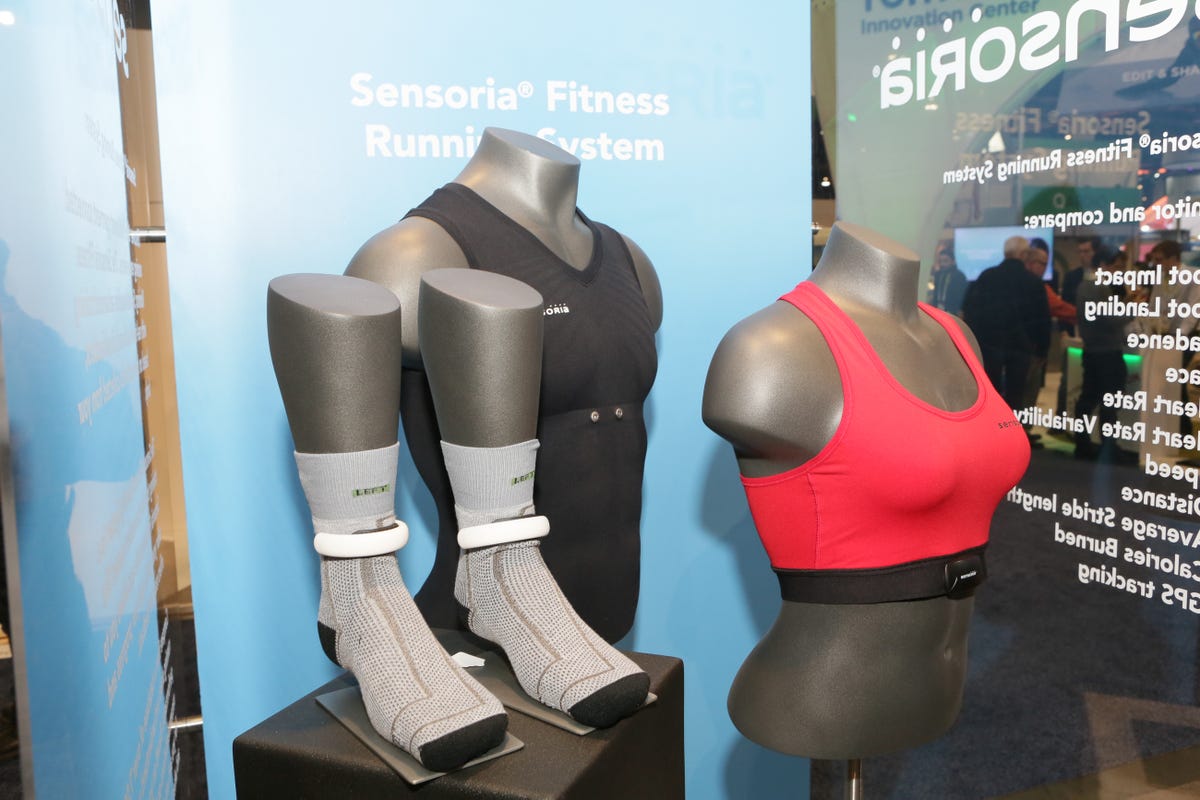This story is part of CES 2016. Our editors bring you complete CES 2016 coverage and scour the showroom floor for the hottest new tech gadgets around.
Hundreds of companies flock to Las Vegas each January to make their mark on the tech industry in a given year, but one company remains absent. Apple doesn’t attend CES, at least not officially, but the company’s influence looms over the annual tech convention at nearly every turn, particularly the wearable segment.
While it was rarely mentioned by name, nearly every booth I visited included an Apple Watch reference. Fitbit highlighted how its new fitness tracker, the Fitbit Blaze, was different than other devices on the market. “It’s puts fitness first,” explained CEO James Park during the company’s press event.
Apple wasn’t the only major wearable player absent: most of Google’s Android Wear platform was a non-factor at this year’s show. A few companies like Casio showed off new Android Wear watches, but the news at CES wasn’t about smartwatches: it was about fitness, once again. Fitness is still what sells wearable tech, and the electronics industry knows it. Also, the New Year’s resolution timing couldn’t be better.
The fitness tech of CES 2016 (pictures)






Fitness is still king
Fitbit’s tracker wasn’t all that different, under the hood, from other fitness trackers (or, even, other Fitbits). But it shows that Fitbit, and others, aren’t budging yet from a formula that works. A number of new companies shared the idea of putting fitness first, no one more than Under Armour.
The Baltimore-based athletic company debuted a pair of smart running shoes that can track steps and stride, along with a $400 fitness kit that includes a smart scale, a heart-rate tracking fitness band, and a heart-rate chest strap. They’re even making heart-rate sensing headphones.


Sarah Tew/CNET
Over the past two years, Under Armour has scooped up popular fitness apps MapMyRun, MyFitnessPal, and Endomondo. It has quietly built up one of the most impressive fitness portfolios. The addition of the smart scale and heart-rate fitness tracker gives Under Armour an added advantage to hook users into its ecosystem.
All the smartwatches and fitness trackers of CES 2016 (pictures)






Fashion forward
Fitbit Blaze was the prime example of how wearable tech often seemed obsessed with looks at this show. Leather bands, metal bands, swappable colors: the Apple Watch and endless fashion smartwatches have influenced the lay of the land. The days of ugly and bulky fitness trackers may soon be coming to an end — or at least, people are trying.


James Martin/CNET
The show floor was filled with minimalist devices that looked more like jewelry than fitness trackers. The Misfit Ray and Mira Opal, along with last year’s Jawbone Up2, don’t just look low-key, but could live alongside a watch or smartwatch.
Connected smart clothing: the next big thing?
Some companies seemed ready to cede the wrist to others. Maybe wrist tech is becoming an over-crowded space: as a defensive measure, there’s always the rest of the body. Soon you may not even have to wear a separate device to track your fitness.
Samsung, along with a number of smaller companies like Hexoskin and Sensoria, showed off athletic clothing with built-in sensors for tracking daily activity. It wasn’t just smart shirts either. We saw connected leggings, socks and a sports bra that could measure your heart rate.


Sarah Tew/CNET
We will likely see more connected smart clothing in 2016, however battery life remains a problem, as does price. The Hexoskin Smart shirt sells for $399, while the the OMSignal smart bra will be available in the spring for $149.
What’s coming next?
Expect to see more wearable devices announced at Mobile World Congress in February and Baselworld in March. We also expect to see the second-generation Apple Watch in the next few months.



